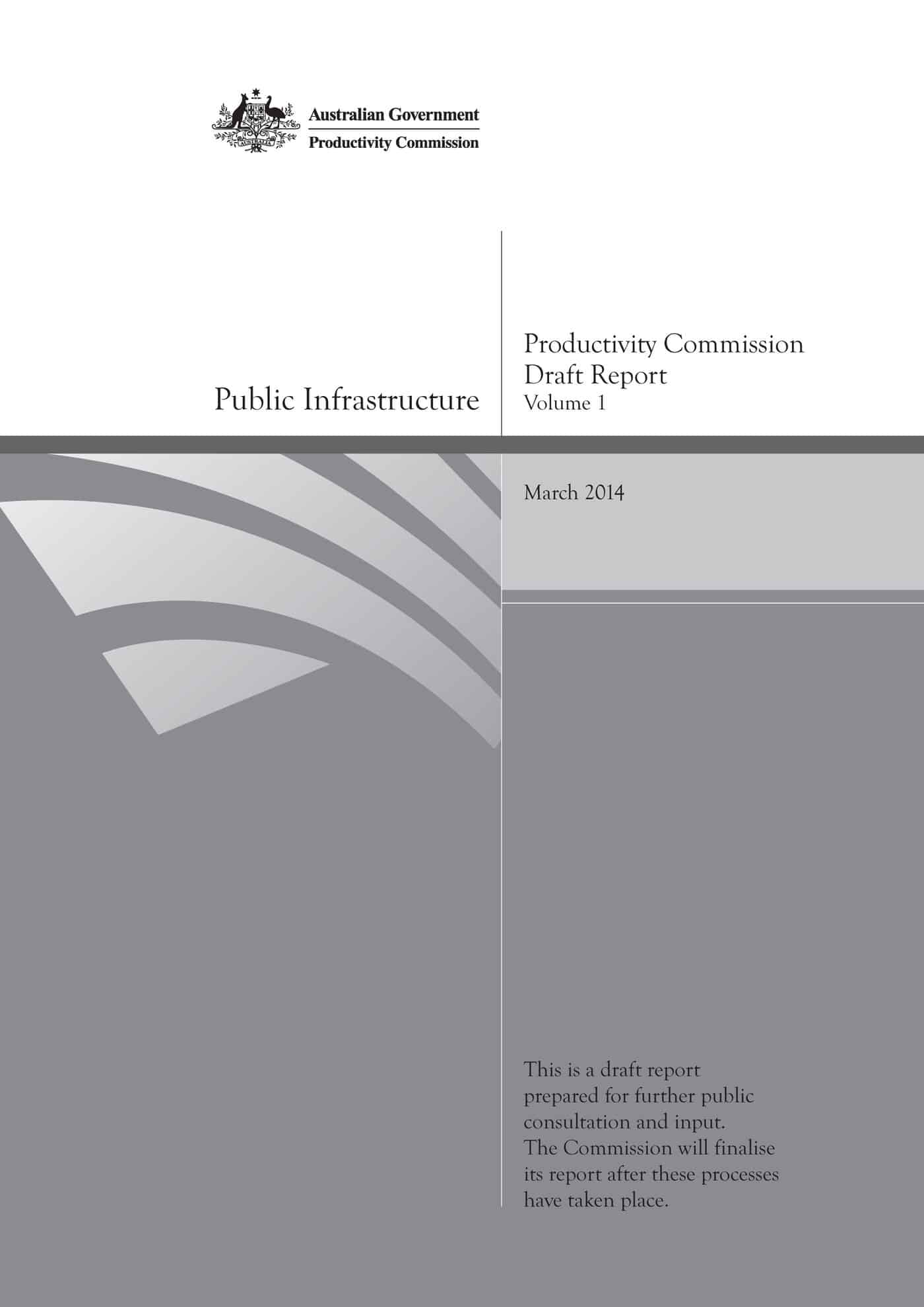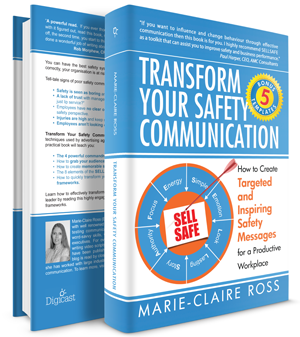 Safety First, is a dig at the absurdity of some of the training and concepts behind occupational health and safety (OHS) and is showing as part of the Melbourne International Comedy Festival. The comedy does not ridicule OHS as a concept but focuses on the idiotic, semi-informed trainers who talk about safety whilst also, often, talking shit. The humour is effective and occasionally generates discomfort for its proximity to reality. Continue reading “OHS needs more comedies like Safety First”
Safety First, is a dig at the absurdity of some of the training and concepts behind occupational health and safety (OHS) and is showing as part of the Melbourne International Comedy Festival. The comedy does not ridicule OHS as a concept but focuses on the idiotic, semi-informed trainers who talk about safety whilst also, often, talking shit. The humour is effective and occasionally generates discomfort for its proximity to reality. Continue reading “OHS needs more comedies like Safety First”
Category: communication
Important OHS titbits in latest Productivity Commission report
 Productivity and regulation is the rationale behind most of the workplace policies of the current Australian Government. Occupational health and safety (OHS) has a role to play in both of these economic and social elements but it rarely gets considered in a positive light. This is partly an ideological position of the conservative politicians but is also due to a lack of economic argument in favour of OHS and an inability, or an unwillingness, to identify essential regulations.
Productivity and regulation is the rationale behind most of the workplace policies of the current Australian Government. Occupational health and safety (OHS) has a role to play in both of these economic and social elements but it rarely gets considered in a positive light. This is partly an ideological position of the conservative politicians but is also due to a lack of economic argument in favour of OHS and an inability, or an unwillingness, to identify essential regulations.
This week Australia’s Productivity Commission (PC) released a draft paper into the costs of public infrastructure projects that includes some telling OHS information even though most of the media has focused on the political angle or on the taxing of cars?!
A brief review of the draft report reveals OHS dotted throughout both volumes of the report and early on there is some support for Safety in Design in the tender development stage.
One man’s frustration with OHS illustrates larger safety dysfunctions
Terry Reis has written a terrific article about how occupational health and safety (OHS) requirements can impede his work as a fauna ecologist. Instead of whingeing about green or red tape, Terry has provided examples of the annoyance which allows me to build an article in response. This article is in no way a rebuttal as I agree with most of Terry’s grievances, but there can be reasons behind some of the grievances that are likely to be unrelated to OHS or illustrate poor OHS decisions.
Some of the issues Terry raises include:
- Inductions
- PPE
- Working Alone
- OHS arguments
- Drug and Alcohol Testing
- Permits
Inductions
Terry mentions the irrelevance of many OHS inductions and his article seems to indicate a dysfunctional induction program. The intention of inductions is to outline the safety rules of a workplace or task but most are boring, condescending or include information that is unrelated to the task. The reality of many inductions is that they are a mechanism to have workers sign up and indicate they have understood all of their safety obligations on a site so that there is a clearer line of responsibility in the event of an incident. Continue reading “One man’s frustration with OHS illustrates larger safety dysfunctions”
A bright new book on safety communications
 Australian marketer and communicator, Marie-Claire Ross, has moved from video to print with a new book called “Transform Your Safety Communication“. The book approaches safety communications from the marketing perspective and provides a terrific primer in how to write about workplace safety effectively.
Australian marketer and communicator, Marie-Claire Ross, has moved from video to print with a new book called “Transform Your Safety Communication“. The book approaches safety communications from the marketing perspective and provides a terrific primer in how to write about workplace safety effectively.
Marie-Claire Ross writes that
“Too often, safety professionals are taught about compliance, but not the right skills to influence and engage others.” (page 12)
This is not a deficiency of just the OHS academia. Such a statement would equally apply to most professions. Commercial communication skills, those required other than for essays, assignments and theses, are rarely included in any curriculum other than journalism and marketing. As such, this book is likely to have benefits way beyond the safety profession. Continue reading “A bright new book on safety communications”
Incident investigation findings should be shared
 Many people, and OHS professionals, complain about the lack of research in Australia into occupational health and safety issues. Research is occurring but often this is inaccessible to companies, professionals and decision-makers due to unjustifiable costs for the articles and journals. Yet there is OHS research, of a type, that can be done by any company should they choose to do so – incident investigation.
Many people, and OHS professionals, complain about the lack of research in Australia into occupational health and safety issues. Research is occurring but often this is inaccessible to companies, professionals and decision-makers due to unjustifiable costs for the articles and journals. Yet there is OHS research, of a type, that can be done by any company should they choose to do so – incident investigation.
Individual investigation reports may only address one set of circumstances, those that led to an incident or, rarely but importantly, a near miss or a systems breach, but together these reports may identify a systemic problem or illustrate broader safer deficiencies in an industry sector.
OHS consultation through social media – the new (and better) way
For a little while employers, government and trade unions in Australia were spreading their consultative pool on occupational health and safety (OHS) matters. Recently that triumvirate seems to have returned to a more exclusive structure. The reason is unclear but the situation is a backward step and one that fails to take advantage of the modern consultative technologies.
In some ways OHS in Australia seems to be moribund. Professional associations do not seem to be growing even in a time of regulatory change. Trade union membership numbers seem to have bottomed out without much diminution of their political influence. It may be time to look at a new consultative approach that builds ownership of workplace safety on the back of the awareness marketing by the OHS regulators. However to do so may mean that the tripartite structure be dissolved over time and that the policy development expectations of government on OHS matters be substantially revised. Continue reading “OHS consultation through social media – the new (and better) way”
SafeWorkSA’s fatality ticker is a good initiative but other metrics could add punch
As part of annual safety week activities, South Australia’s Minister for Industrial Relations, John Rau, launched a workplace fatalities counter (on the right of the webpage). Rau said in a media release that
“As Safe Work Week begins in South Australia, we are reminded of the nine workers who have not returned home from work this year….. In a similar way to the reporting of the road toll, providing this information is a reminder to us all that we must make every effort to ensure this number does not rise.”
The comparison with the road toll is an admirable aim and one that some have advocated for but there are other potential metrics that may have had more impact. Continue reading “SafeWorkSA’s fatality ticker is a good initiative but other metrics could add punch”
